13 Smart Uses for Your Tax Refund
If you have a refund check coming your way, consider using it to bolster your personal balance sheet.
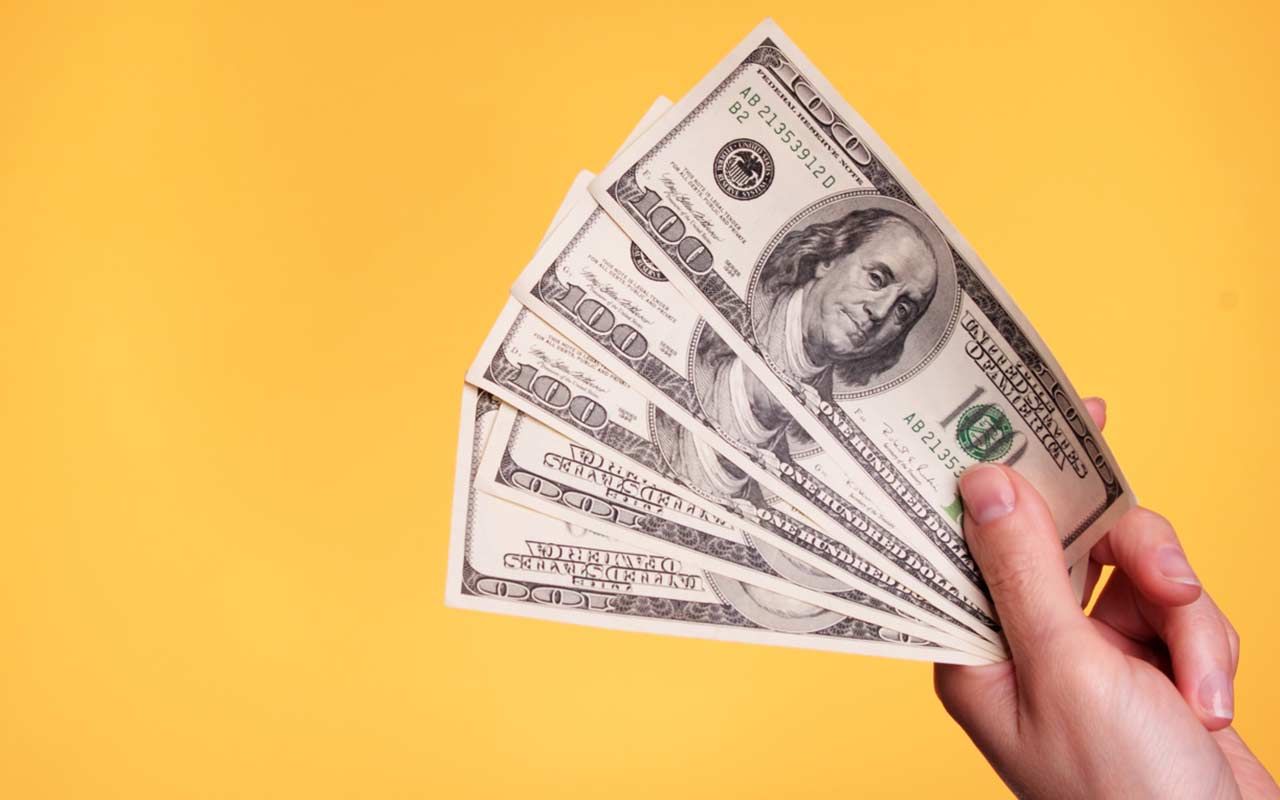

If you have a refund check coming your way, consider using it to bolster your personal balance sheet. The average refund is usually around $3,000, and most people receive the money within three weeks of filing their returns. That's a nice chunk of change. Here are 13 good things you could do with the money.
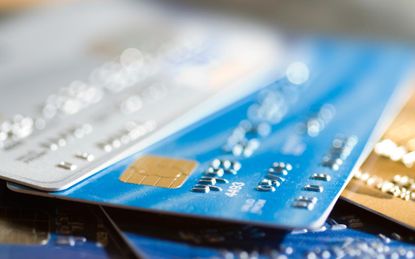
Pay Off Your Credit-Card Debt
- Using your refund to pay off a balance with an 18% interest rate is like earning 18% on your investments -- an incredibly valuable use of the money. See Best Ways to Pay Off Every Type of Loan for strategies to help you set decide which debts to tackle first.
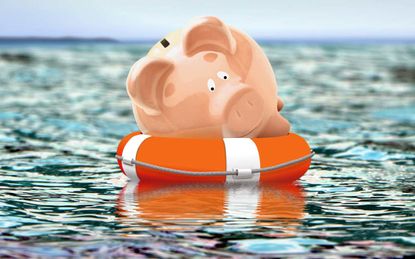
Rebuild Your Emergency Fund
It’s a good idea to keep three to six months’ worth of expenses in an emergency fund, so you don’t land in debt or have to raid retirement funds if you have unexpected expenses. If you’ve had to tap the fund over the past few years, you can use your refund to help build the account back up. Keep the money easily accessible in a money-market account or savings account that earns some interest. See 7 Smart Ways to Build Your Emergency Fund for more information.

Boost Your Retirement Savings
- You can contribute up to $5,500 to a Roth IRA for 2018 (or $6,500 if 50 or older) -- and withdraw the money tax-free in retirement. You can contribute the full $5,500 as long as your income falls below $120,000 if you’re single, and $189,000 if married filing a joint tax return. You can make a partial contribution if you earn less than $135,000 if single or $199,000 if married filing jointly.
If you work and your spouse does not, you can also contribute to a Roth IRA in his or her name if your joint income is within those limits. Even if you’ve retired from your main job but are working part-time, you may be able to contribute to a Roth (see Part-Time Workers, Contribute to a Roth IRA). If you earn too much for a Roth, you can contribute to a nondeductible traditional IRA, then convert it to a Roth (see How High Earners Can Set Up a Roth IRA).
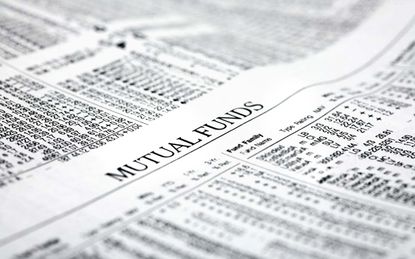
Fund a Taxable Account
- Use the extra cash to buy shares in a mutual fund or stock you’ve been considering -- but may feel is too risky for your IRA or not available in your 401(k) plan. Consider one of our 25 Best Mutual Funds for Low Fees for your portfolio. Before you settle on individual stocks, see The 50 Best Stocks of All Time.

Fill Gaps in Your Insurance
- Liability Insurance. Cover your legal expenses if someone is hurt in your home or by your car. It generally costs just $200 to $400 to buy a personal umbrella policy that provides $1 million in coverage over the limits of your auto- and homeowners-insurance policies. See Protect Your Assets With an Umbrella Insurance Policy for more information.
- Home insurance. Hurricane season starts in June, so it's a perfect time to use some of your refund money to protect your home. For about $130, you can add $10,000 to $20,000 in sewage backup coverage -- which isn't part of a standard homeowners policy. Consider buying a home generator: A 6.5 kw portable generator costs about $800 to $1,000. An automatic standby generator costs more than your refund (about $4,000 plus $3,500 for installation), but the money you get from Uncle Sam can hep you start saving for one. You also can pay to trim your trees to help protect against some of the most common types of storm damage and put together a disaster kit. See What Your Homeowners Policy Covers.

Build Your College Savings
It’s always hard to juggle saving for college and retirement. Here’s an opportunity to use your extra money to contribute to a 529 account. And the new tax law now lets you use up to $10,000 per year to pay tuition for kindergarten through 12th grade, too. You’ll be able to use the money tax-free for college bills, and you could get a state income-tax deduction for your contribution. Find out more by taking our quiz, How Well Do You Know 529s?
SEE ALSO:
Find the Best 529 Plan for You
p>

Help Your Kid Save
- You can use the extra money to contribute to a Roth IRA for your child. Your kid is eligible as long as he or she has earned income -- from mowing yards or babysitting, for example. Your child can contribute up to $5,500 or the amount of his or her earned income for the year, whichever is lower, and you can give him the cash to do it. Helping your kids or grandkids contribute to a Roth IRA can give them a tremendous start on retirement savings and can double as a back-up emergency fund. They can withdraw the contributions without penalty or taxes at any age, and can withdraw the earnings tax-free after age 59 ½.
To find out about brokerage firms that offer Roth IRAs to kids with low investment minimums and low or no administrative fees, see Help Young Workers Open a Roth IRA.

Prepay Your Vacation and Save for Short-Term Goals
- Set aside some money for vacation rather than using your credit card and paying interest long after you have returned. Or you can use some of your refund to start saving for holiday gift-giving or help with other short-term goals, such as for a down payment on a new car.

Invest in Your Home
Your refund won’t be enough to redo your kitchen or bathroom, but it can pay for some smaller home improvements. Use the extra cash to add a backsplash, paint a room or cabinets, replace your bathroom sink, swap out your faucets, organize a closet, install a programmable thermostat or spruce up your yard. For ideas, see 6 Home Projects That Save Energy And Money.
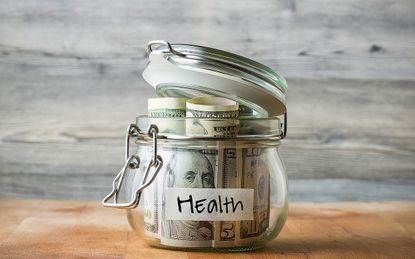
Save for Your Health
- Contribute to a health savings account. If you have an HSA-eligible health insurance policy with a deductible of at least $1,350 for single coverage or $2,700 for family coverage, then you can contribute to a health savings account. An HSA gives you a triple tax break -- your contributions are tax-deductible (or pre-tax if through your employer), the money grows tax-deferred, and you can use it tax-free to pay out-of-pocket medical expenses in any year (there’s no use-it-or-lose-it rule).
You can use the money to pay health insurance deductibles, co-payments, prescription drugs and medical expenses that aren’t covered by your insurance. Plus, you can use it to pay a portion of long-term care premiums; and after age 65, you can even use the money to pay premiums for Medicare Part B, Part D and Medicare Advantage plans (you can’t make new contributions to an HSA after you sign up for Medicare).
For more information, see 10 Things You Need to Know About Health Savings Accounts.

Pay for Planning
Meet with a financial planner. Many financial advisers charge an ongoing 1% of assets under management to manage your investments. But some advisers charge by the hour or the project. You may, for instance, pay $250 per hour for a fee-only adviser to spend five or six hours creating a financial road map for certain goals, such as saving for college or funding health care in retirement. Or, if your needs are not complex, you may be able to get a basic financial review and initial plan for as little as $500 to $1,000, with prices rising with the level of complexity.
For more information, see How to Find the Right Financial Adviser for You and Your Money.
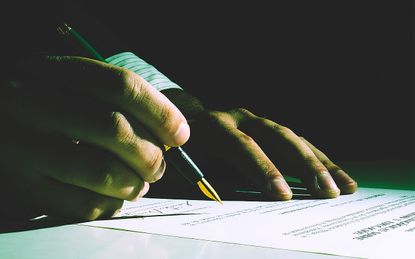
Establish an Estate Plan
- If you don’t have estate-planning documents, you can use your tax refund money to make your wishes known for the future. You can meet with a lawyer to draw up three key documents: a will that divvies up your assets and appoints a guardian for your children; a health-care proxy, which designates someone to make medical decisions on your behalf if you’re unable to; and living will, which outlines your wishes for end-of-life medical care. For more information, see 4 Key End-of-Life Documents to Get in Order.

Give to Others
- If you have your financial bases covered, consider using your refund to make a charitable contribution to help others in need. You’ll feel good – and your contributions may be deductible if you itemize. The new tax law nearly doubles the standard deduction in 2018, so fewer people will itemize. But there are still ways to help a charity and help yourself, too. See Charitable Giving Under the New Tax Law. For resources to help you check out a charity, see How To Avoid Charity Scams.
- You also can use your refund to help accumulate enough money to open up a donor-advised fund. Most funds require a minimum of $5,000 to $10,000. You can claim a tax deduction in the year you make a contribution to the fund, but you have an almost unlimited amount of time to decide which charities to support. Donor-advised funds are becoming even more popular under the new tax law because you can make two or three years’ worth of contributions in a single year -- which could be enough to make it worthwhile to itemize and deduct your contributions -- but then you can spread your grants to charities over several years. For more information, see Donor-Advised Funds: Tax Break Now, Charity Later.
Get Kiplinger Today newsletter — free
Profit and prosper with the best of Kiplinger's advice on investing, taxes, retirement, personal finance and much more. Delivered daily. Enter your email in the box and click Sign Me Up.

As the "Ask Kim" columnist for Kiplinger's Personal Finance, Lankford receives hundreds of personal finance questions from readers every month. She is the author of Rescue Your Financial Life (McGraw-Hill, 2003), The Insurance Maze: How You Can Save Money on Insurance -- and Still Get the Coverage You Need (Kaplan, 2006), Kiplinger's Ask Kim for Money Smart Solutions (Kaplan, 2007) and The Kiplinger/BBB Personal Finance Guide for Military Families. She is frequently featured as a financial expert on television and radio, including NBC's Today Show, CNN, CNBC and National Public Radio.
-
 How GLP-1 Drugs Could Revolutionize Retirement
How GLP-1 Drugs Could Revolutionize RetirementGLP-1 drugs like Ozempic and Wegovy are already changing the way we age and manage chronic conditions.
By Jacob Schroeder Published
-
 How to Invest in the Nuclear Revolution
How to Invest in the Nuclear RevolutionAccording to Energy Secretary Chris Wright, "The long-awaited American nuclear renaissance must launch during President Trump's administration."
By David Dittman Published
-
 12 Great Places to Retire in the Midwest
12 Great Places to Retire in the MidwestPlaces to live Here are our retirement picks in the 12 midwestern states.
By Stacy Rapacon Published
-
 10 Cheapest Small Towns to Live In
10 Cheapest Small Towns to Live InThe cheapest small towns might not be for everyone, but their charms can make them the best places to live for plenty of folks.
By Dan Burrows Published
-
 Best Cold Weather Places to Retire
Best Cold Weather Places to RetirePlaces to live Some like it hot; others not so much. Here are the 12 best places to retire if you can't stand the heat.
By Stacy Rapacon Published
-
 15 Reasons You'll Regret an RV in Retirement
15 Reasons You'll Regret an RV in RetirementMaking Your Money Last Here's why you might regret an RV in retirement. RV-savvy retirees talk about the downsides of spending retirement in a motorhome, travel trailer, fifth wheel or other recreational vehicle.
By Bob Niedt Published
-
 The Cheapest Places To Retire in the US
The Cheapest Places To Retire in the USWhen you're trying to balance a fixed income with an enjoyable retirement, cost of living is a crucial factor to consider.
By Stacy Rapacon Published
-
 The Best Places to Retire in New England
The Best Places to Retire in New Englandplaces to live Thinking about a move to New England for retirement? Here are the best places to land for quality of life, affordability and other criteria.
By Stacy Rapacon Last updated
-
 What Does Medicare Not Cover? Eight Things You Should Know
What Does Medicare Not Cover? Eight Things You Should KnowHealthy Living on a Budget Medicare Part A and Part B leave gaps in your healthcare coverage. But Medicare Advantage has problems, too.
By Donna LeValley Last updated
-
 13 Smart Estate Planning Moves
13 Smart Estate Planning Movesretirement Follow this estate planning checklist for you (and your heirs) to hold on to more of your hard-earned money.
By Janet Kidd Stewart Last updated
